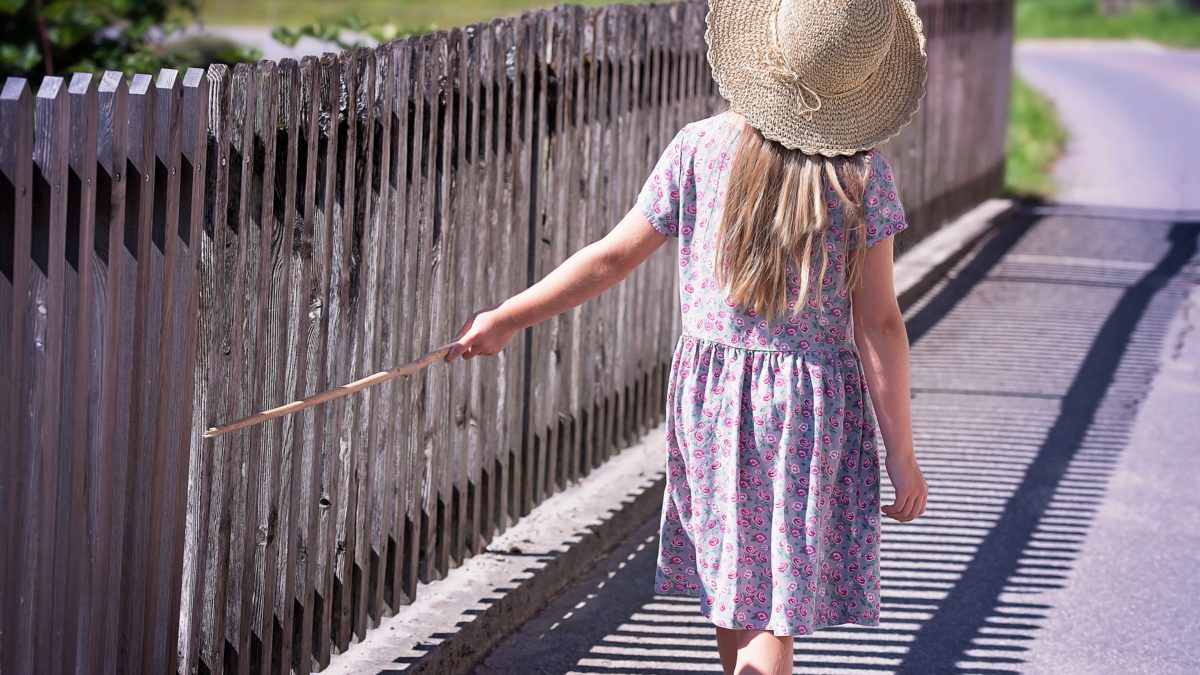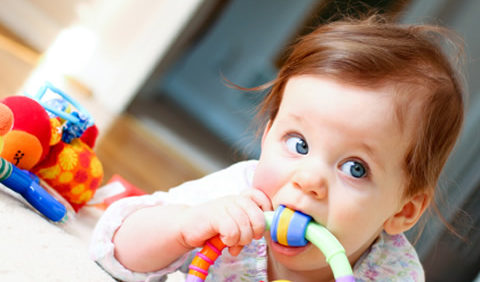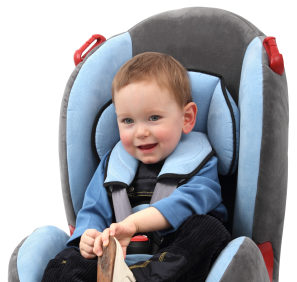
The suns rays are harsh in Australia.
A child’s skin is extremely sensitive and vulnerable to damage and sunburn.
Babies less than 6 months should be kept out of direct sunlight.
Practicably this is not always possible. Preventative measures are the necessary to protect a child from the sun.
Recommendations are that a baby under 6 months not use sunscreen. Babies less than 6 months absorb more of any chemical applied to the skin than adults.
Regular use of chemical sunscreens for a baby under 6 months is not recommended.
When you do use sunscreen for the first time on a baby or child test it on a small patch of skin first to make sure it is suitable and there is no reaction.
A few serious sunburns can increase a child’s risk of skin cancer later in life.
Sunscreen can be used on babies older than 6 months.
The same sunscreen that can be used on all ages, according to the Australasian College of Dermatologists. There are sunscreens that are more applicable for babies as well as natural sunscreens.
In recent years there has been the introduction of baby and toddler specific sunscreen.
Kids need sunscreen re-applied every 2 hours, especially if they are active or sweaty.
The Cancer Council recommends using Water Resistant sunscreen, 30+ SPF.
Protective sun measures
The best way to remember the best sun safety measures is from Sunsmart which is Slip, Slop, Slap, Slide and Shade.
- Seek shade wherever possible.
- Stay indoors during the hottest part of the day. Between 10 am – 3 pm is the hottest and most harmful period to be in the sun. Check the UV Index rating before venturing outside especially in hotter climates. A rating of 3-5 is considered moderate. All protective measures should be applied.
- Cover up. Wherever possible wear long sleeves and pants. Light cotton clothing is best. For babies a cotton wrap or cover is recommended. A wet T-shirt offers less protection than a dry one.
- Wear a hat. A wide brimmed hat is best. Any hat is better than no hat.
- Wear sunglasses. This includes a child. Sunglasses protect a child’s eyes from UV rays. Look for sunglasses that wrap around and block as close to 100% of both UVA and UVB rays as possible.
- Apply sunscreen. Apply a good quality sunscreen 30 minutes before venturing outdoors. Take sunscreen with you to re-apply every 2 hours. Re-apply more frequently if the child is sweating or in the water. Read the ingredients and follow the instructions for babies under 6 months.
- Role model. The National Sun Survey found that kids are 13 times more likely to actually apply sunscreen than their parents. They are 9 times more likely to stay in the shade if that’s where their parents are.
- Use a wide brimmed hat or a hat that fully covers the face, ears and neck.
- Keep as many clothes on as much as possible.
- Wet clothes reduces the level of sun protection.
- Water reflects the sun.
- A shade cover of some type is a good idea, such as a sun sail, a sun tent, etc.
- Use sun protective swim wear. The less skin exposed to the sun the better.
- Fit shade to their car window via window tinting or a car window shade.
The risk of allergies and cross infection from sunscreen use is very small.
What to look for in a child sunscreen
- A broad spectrum sunscreen that has the filters of UVA & UVB rays.
- SPF 30+.
- Water resistant.
- In date. It is important to constantly check the expiry date on the sunscreen.
Sensitive sunscreen is recommended if your child is prone to skin reactions.






